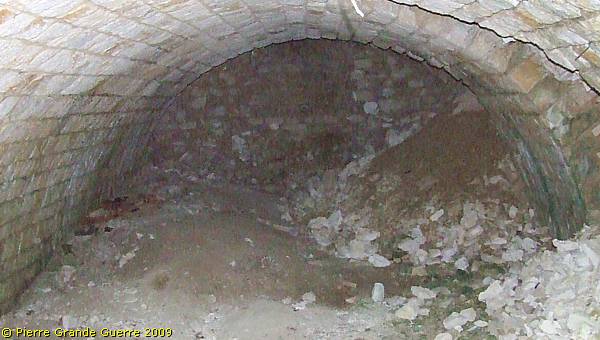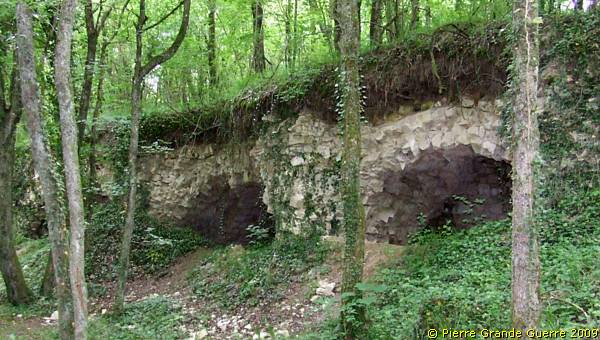VERDUN - Fleury - Pamart Bunkers - Fort de Souville - Batterie de l'Hôpital
Years of visit: 1994, 2005, 2009
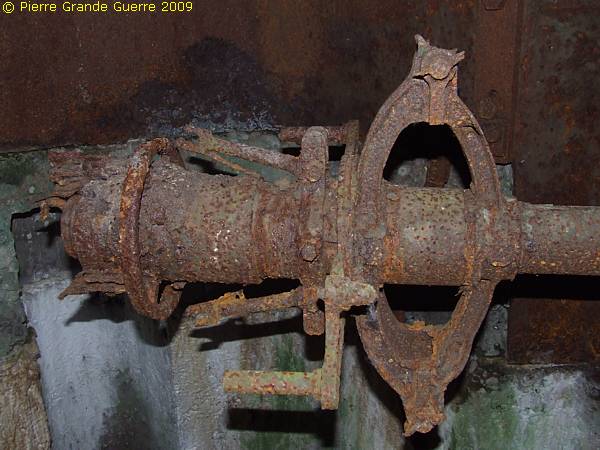
From Côte de Froideterre we continue our trip to the destroyed village of Fleury-devant Douaumont, the Mémorial de Verdun, some interesting memorials, Fort de Souville, and the Batterie de l'Hôpital.

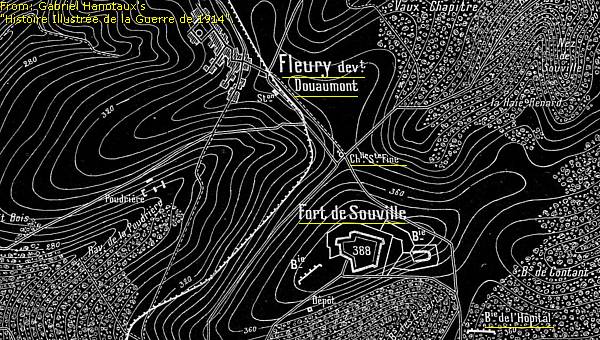
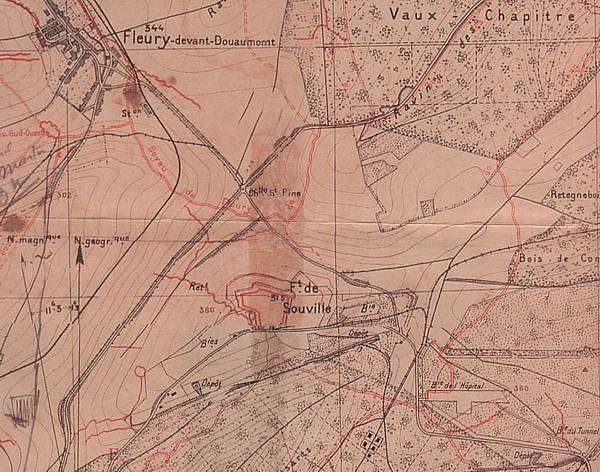
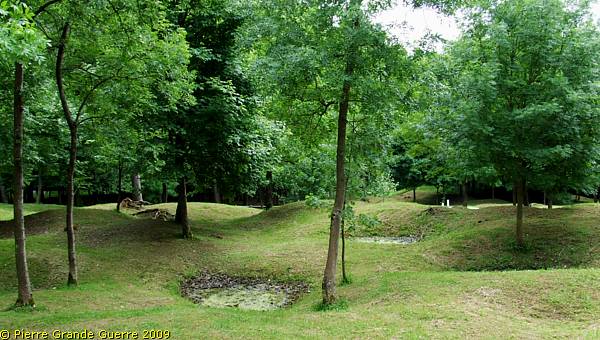

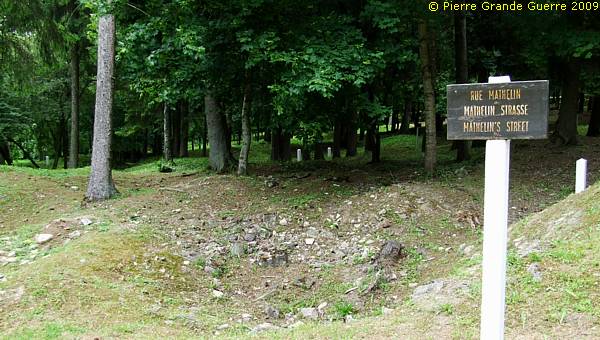
Fleury devant Douaumont
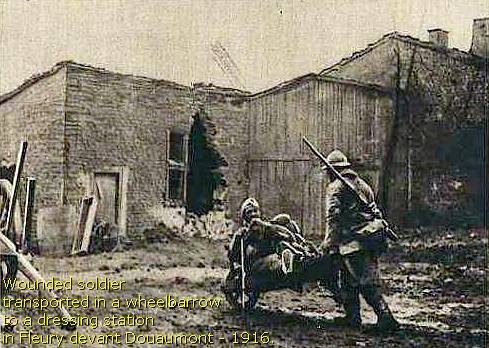
Before the First World War, Fleury devant Douaumont was a village with 422 inhabitants in 1913. After 1870 a railway was constructed between Verdun and Douaumont, which runned along Fleury.
Due to the presence of a number of defence constructions like the fortresses of Douaumont, Froideterre, Vaux, and Souville many soldiers and workers passed the village.
In August 1914 the regiments of Verdun pass Fleury to get to the plain of Woëvre. With the battle of the Marne in September 1914 the front was fixed a few kilometres north-east of the village. During 1915, it is part of the fortress of Verdun and it forms the quarters of many soldiers.

On 21 February 1916 the village was awakened by the huge artillery preparation for the German infantry assault. The order is given to evacuate the village.
After the conquest of Fort de Douaumont, and after the surrender of Fort de Vaux on 7 June 1916, the front line from Froideterre passes through Fleury to the front of Fort de Souville. Fleury becomes a key position that can allow the Germans to break through to Verdun. From June to August, the German command launched several offensives in this part of the front.

In two months, the village was taken and retaken 16 times by the French and the Germans.

In 1918, the village was declared "Died for France". ("Mort pour la France") This is one of nine villages destroyed during the Battle of Verdun. The relief of the communal ground still reflects the huge amount of shells that it had received.
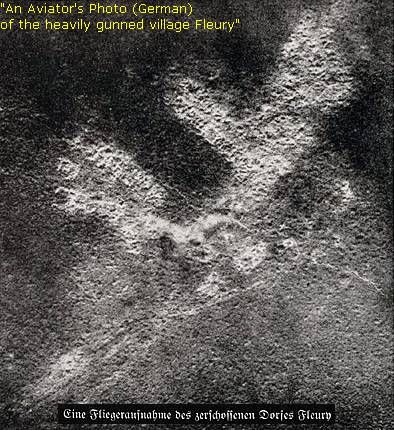

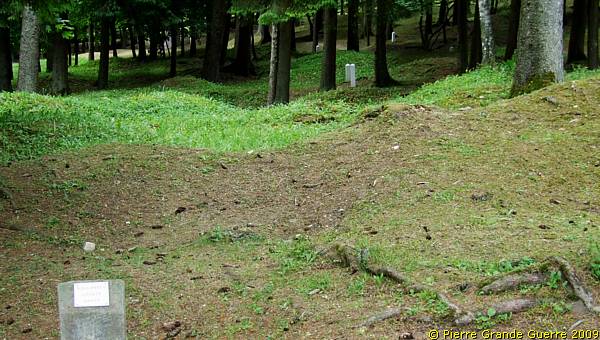
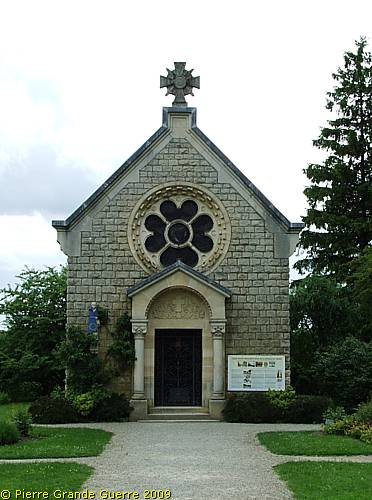
Anywhere you look, you will see shell holes.
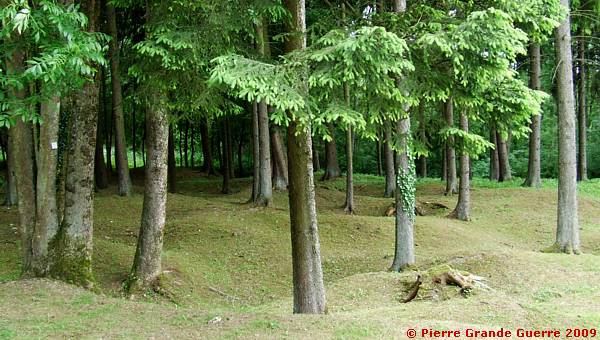
The location of the Café annex Grocery.
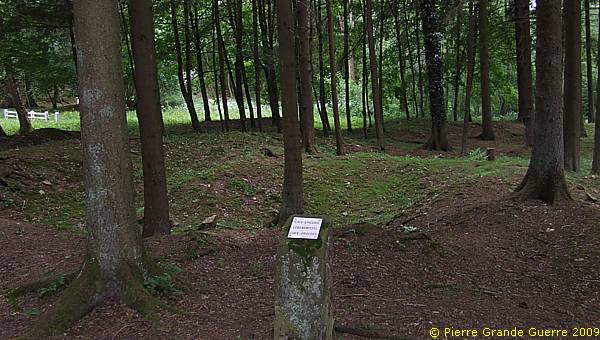
A memorial for the former inhabitants of Fleury.
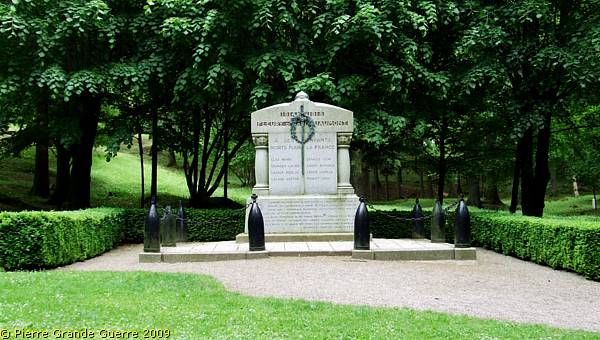
BY THE REVENGEFUL MAGIC OF IT'S RUINS, IT HAS ADDED TEN TIMES MORE TO THE ENERGY AND THE BRAVERY OF THE SOLDIER OF VERDUN DURING THE FIERCE COMBATS, OF WHICH IT HAS BEEN THE WITNESS AND WITH DEDICATION IT HAS ACQUIRED OF THE FATHERLAND TITLES OF ETERNAL RECONNAISANCE."

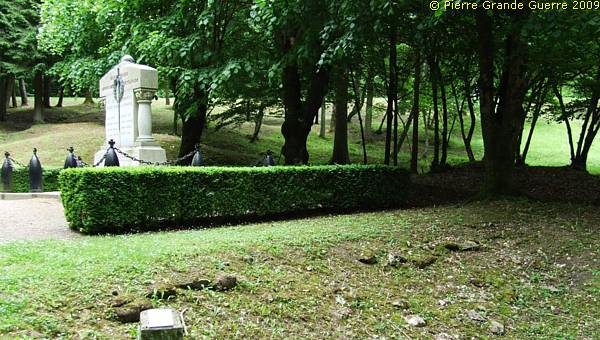
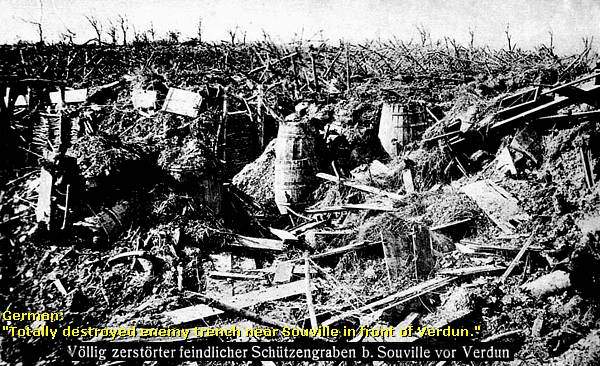

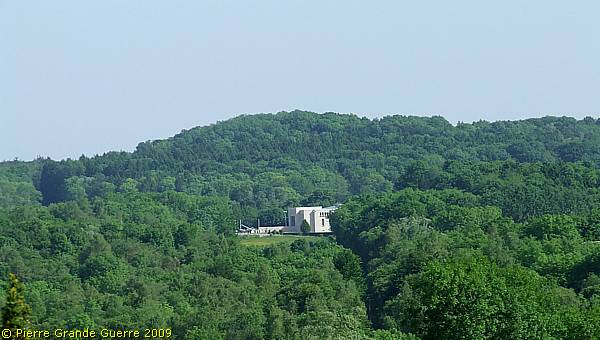
... of the former railway station of Fleury.
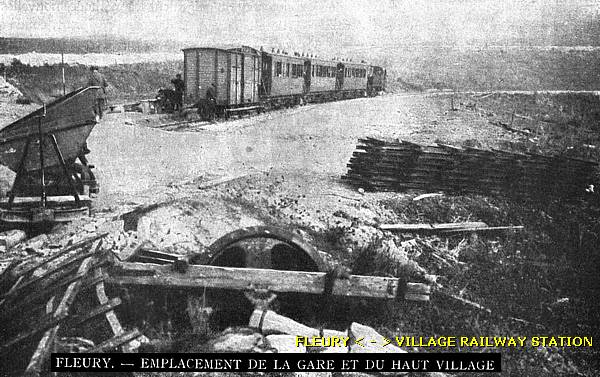
A tele view from the Douaumont Cemetery at the Museum.
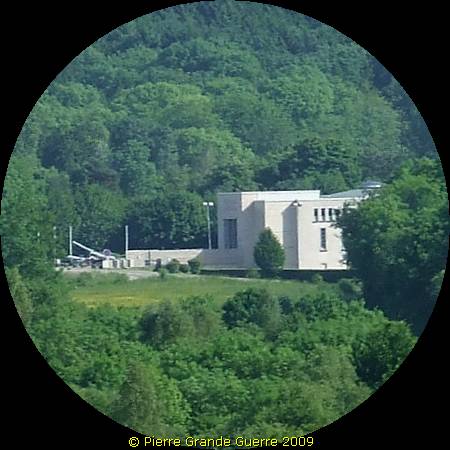
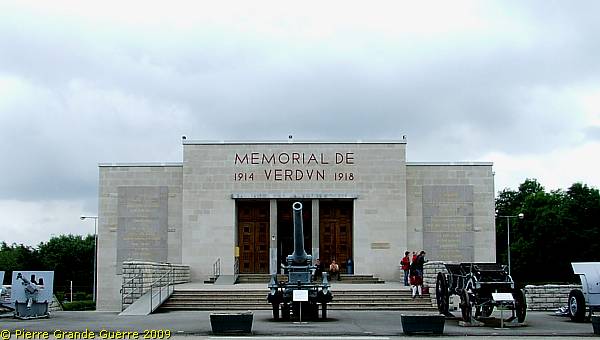
... examples of the bombs, which ravaged this region.
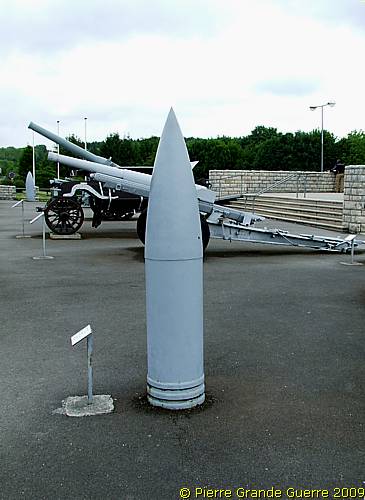
Two French 75 mm guns transported from a fort.
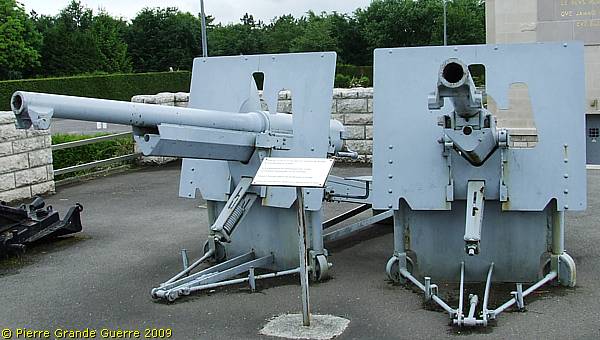
French Grenades.

A German 420 mm shell.

A German 17 cm trench mortar.
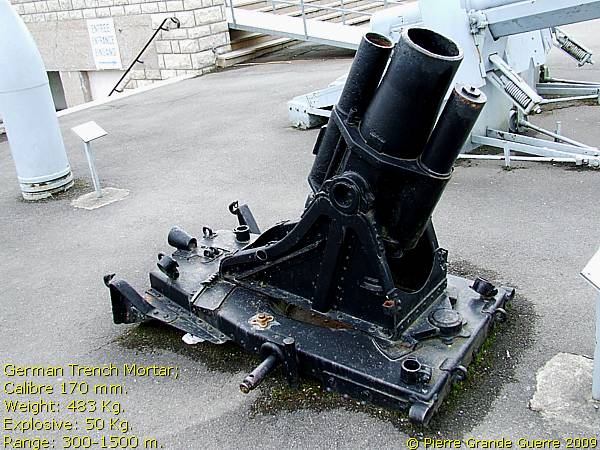

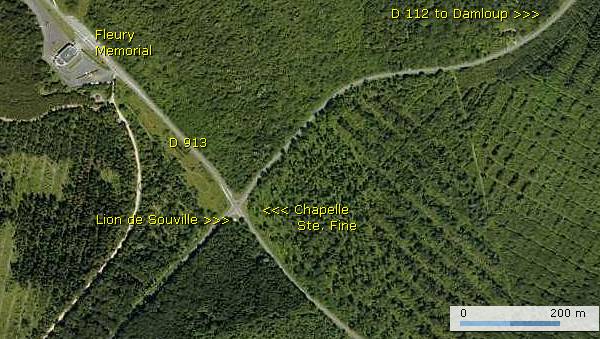


THIS IS THE POINT FROM WHERE THE LAST GERMAN ATTACK WAVES CAME TO ANNIHILATE ON 23 JUNE 1916. IN A MASSIVE AND SURPREME EFFORT THE GERMANS HAD DEPLOYED 50.000 MEN ALONG 6 KILOMETRES OF THE FRONT AFTER AN ENORMOUS INTRODUCING ARTILLERY BOMBARDMENT.
THERE THEY WERE DEFINITELY OVERPOWERED.
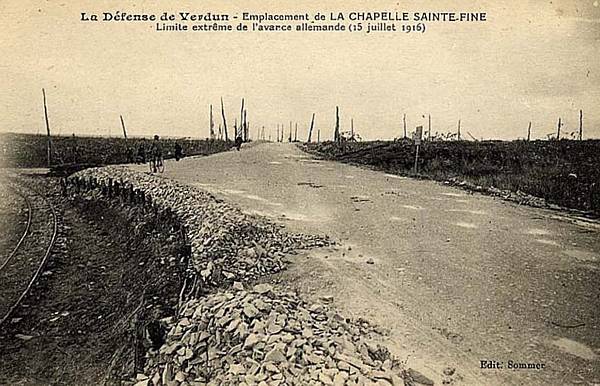


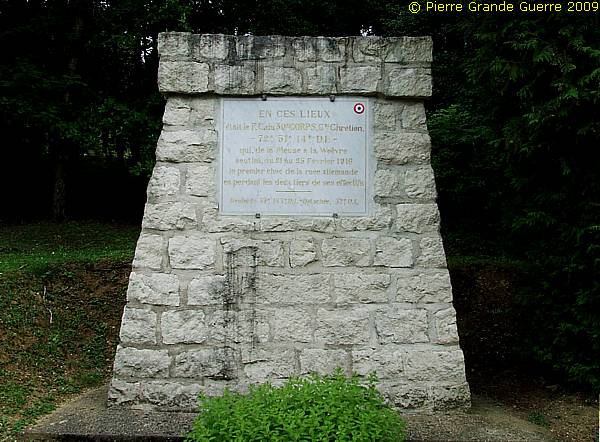
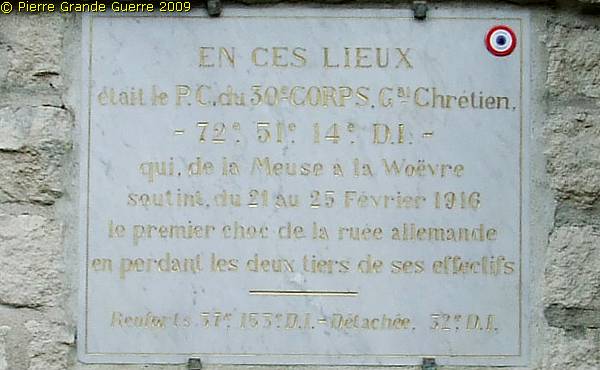

Second Lieutenant Dupuy and Captain Décap took important decisions, like deploying machine guns and artillery fire on the attacking Germans, which prevented the German conquest of the fortress.
( Source:
JMO, 7me R.I. -12 Juillet 1916)
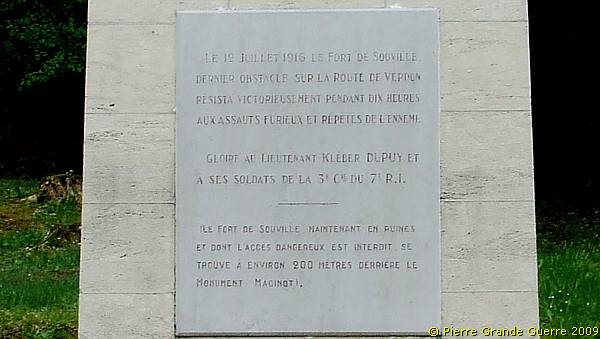
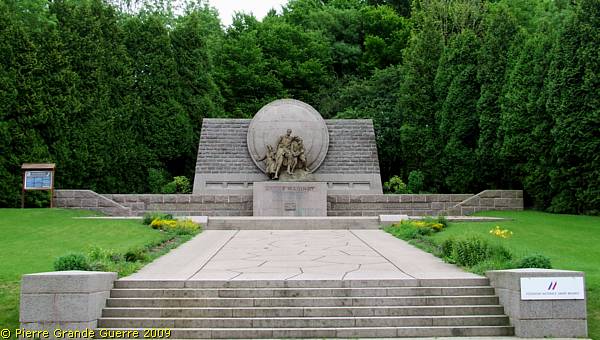
André Maginot
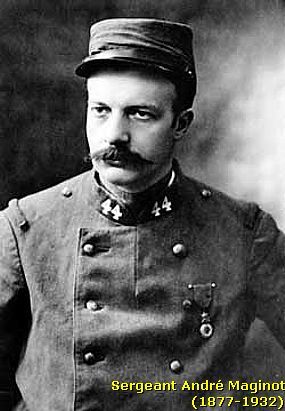
The inscriptions on the memorial tell us:

"UNDER-SECRETARY OF STATE OF THE MINISTRY OF WAR, DETACHED BY HIS MOBILISATION CALL, AS A SIMPLE SOLDIER OF THE 44e REGIMENT D'INFANTERIE TERRITORIALE. - HAS ORGANISED AROUND VERDUN A SECTION OF VOLUNTEER SCOUTS, OF WHICH HE TOOK THE DIRECTION, AND OF WHICH HE HAS BEEN THE SOUL. - DURING MORE THAN FIFTY PATROLS ON TERRAIN, OCCUPIED BY THE ENEMY, HE HAS GIVEN AN ADMIRABLE EXAMPLE OF COURAGE AND HAS BEEN DECORATED ON 6 NOVEMBER 1914. - HEAVILY INJURED ON 9 NOVEMBER, HE HAS HOLD HIS POSITION ALL DAY LONG, WITH A HANDFULL OF MEN AND IN SPITE OF HIS INJURIES, AGAINST AN ENEMY, WHO WAS VERY SUPERIOR IN NUMBERS. TO WHOM HE HAS INFLICTED GREAT LOSSES. - FOUR CITATIONS- MEDAILLE MILITAIRE FOR FACTS OF WAR = TWO INJURIES - CITATION AWARDED TO SERGEANT MAGINOT WITH THE CROSS OF KNIGHT IN THE LEGION OF HONOUR. PETAIN."

"ONE DAY THEY FOSTER THE CONCEPT THAT THEY FORCE A FUTURE WAR. IT IS A NECESSITY WHO STAYS IMPERIOUS. IT IS TO PREVENT AN INVASION OF THE TERRITORY. WE KNOW WHICH DISASTERS THEY CAN ACCUMULATE. DISASTERS BIGGER THAN VICTORY ITSELF. DON'T BE SATISFIED WITH COMPENSATING FOR THE IRREPAIRABLE DAMAGES. WE WOULD PREFER THE IMPLEMENTATION OF THE ORGANISATIONS OF THE DEFENSIVE POSITIONS OF THE FRONTIERS. THEY HAVE NO OTHER GOAL THAN TO BLOCK THE ROAD TO THE ALWAYS POSSIBLE INVASION.
THE CONCRETE WILL BE BETTER AND WITH REGARD TO THIS IT COSTS LESS EXPENSIVE THAN THE WALL OF PARAPETS... - ANDRE MAGINOT, MINISTER OF WAR, DEMANDING FROM THE PARLIAMENT THE CREATION OF THE LINE OF FORTIFICATIONS, TO WHICH HIS NAME STAYS CONNECTED. -" -
(The Maginot Line or Ligne de Maginot.)
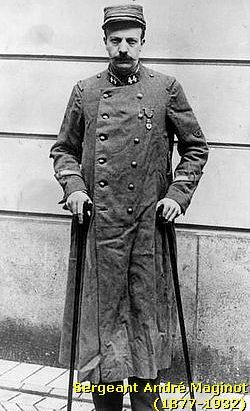
the later called Maginot Line.
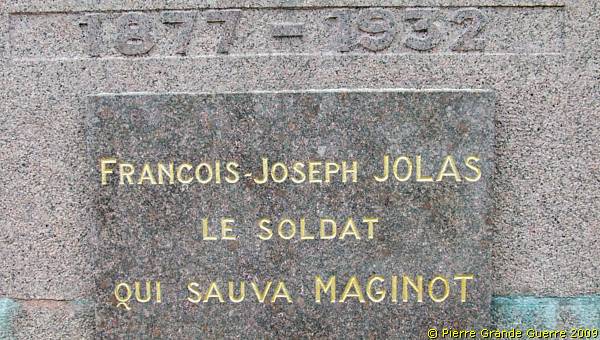
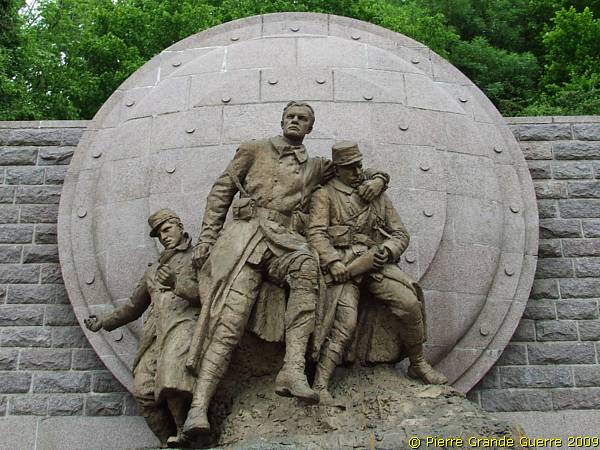
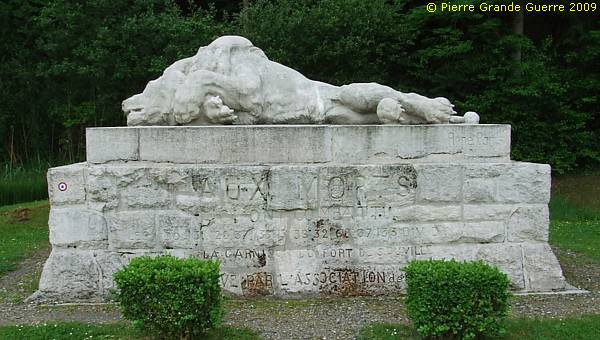
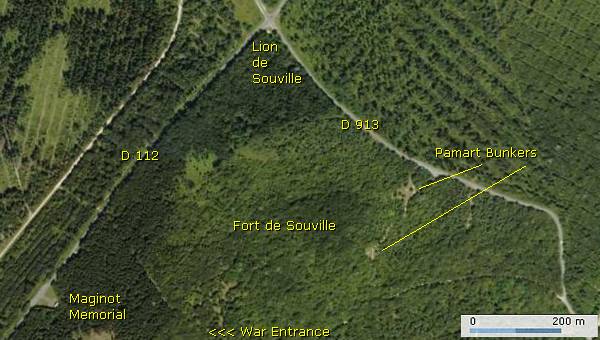
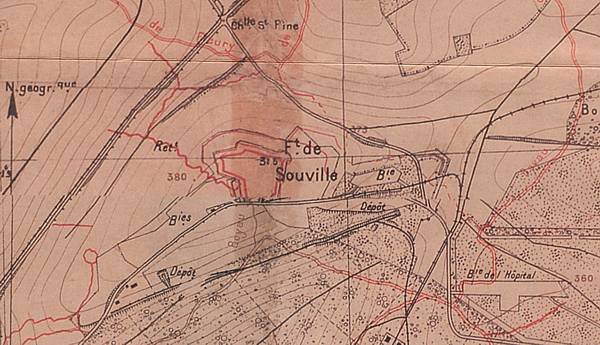
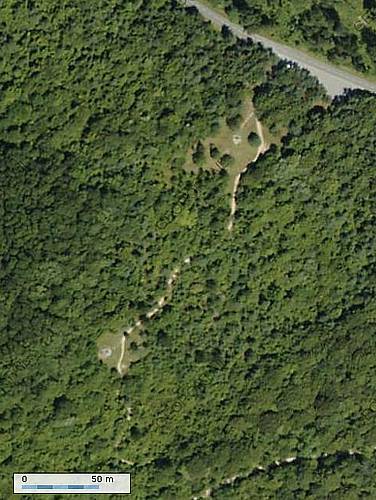
(Sometimes also mentioned as Le Pamard)
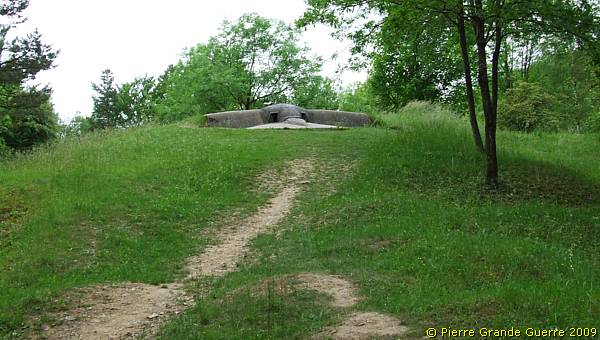

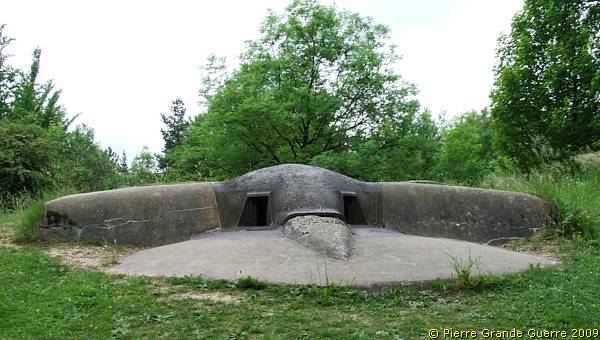
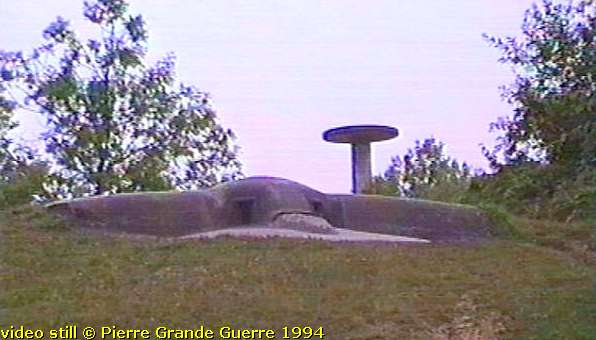
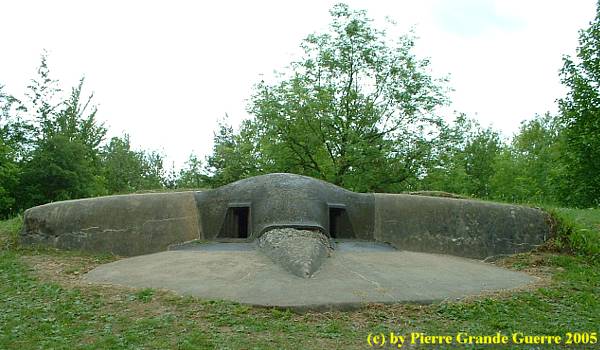
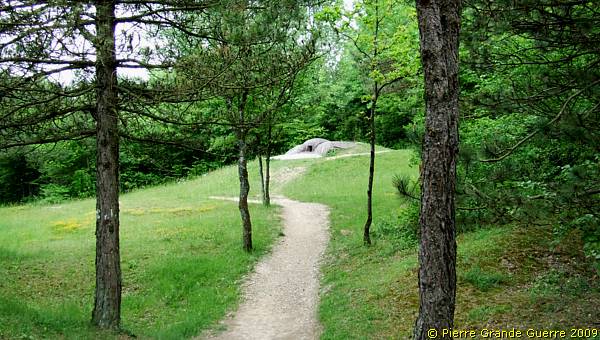
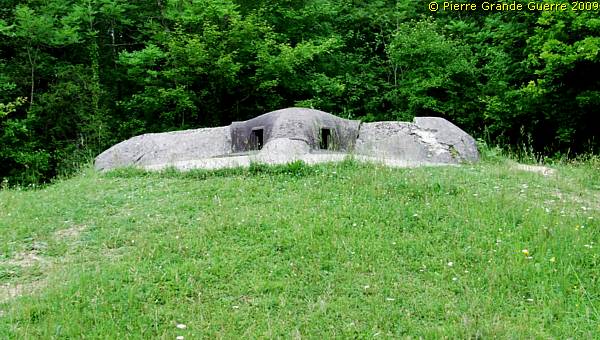
This time I detected something of interest inside.
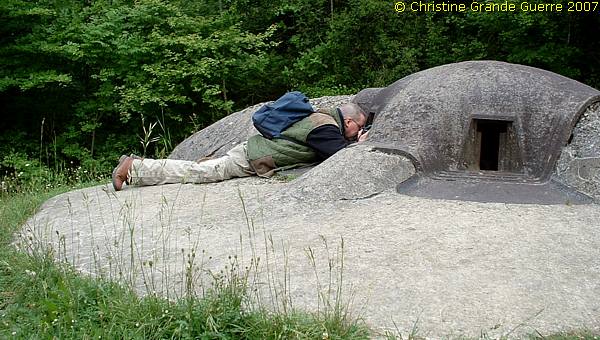
The rusty remains of a machine gun!
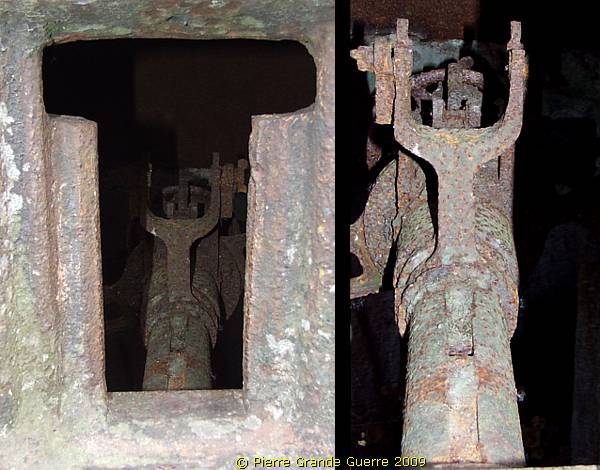

We continue southward passing relics of trenches.
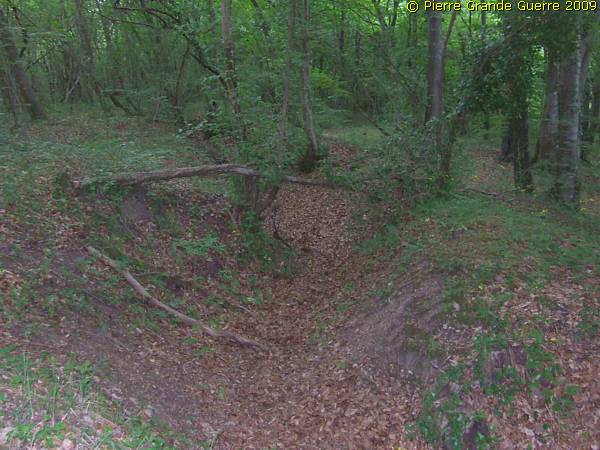
These trenches are near the war entrance of the fort.

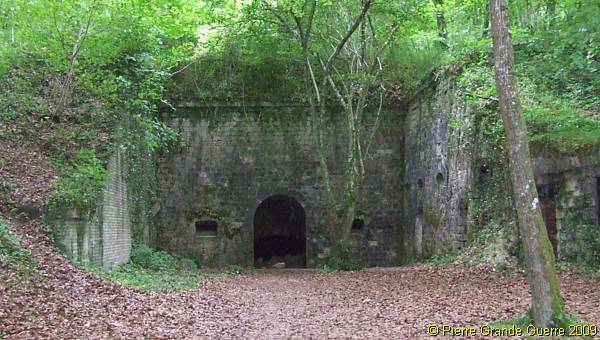
Fort de Souville, July 1916
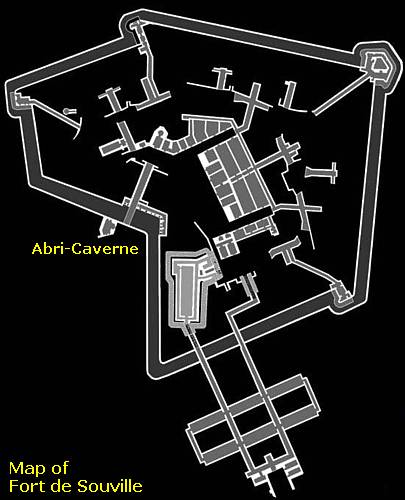
Fort de Souville has been an important point of communication between the fortresses more forward on the front, like Douaumont, Tavannes, and Vaux, and also the Citadel of Verdun and the general headquarters at Souilly, south of Verdun.

Although General von Falkenhayn did not have the ambition to conquer the city at all ("Let the French bleed themselves to death at Verdun"), a well kept secret for the rest of the German Army, the loss of Fort de Souville would offer the Germans the final breach to attack the city itself. For the French, who had also the impression that the city itself was at stake, the fall of Fort de Souville meant the inevitable capture of Verdun.
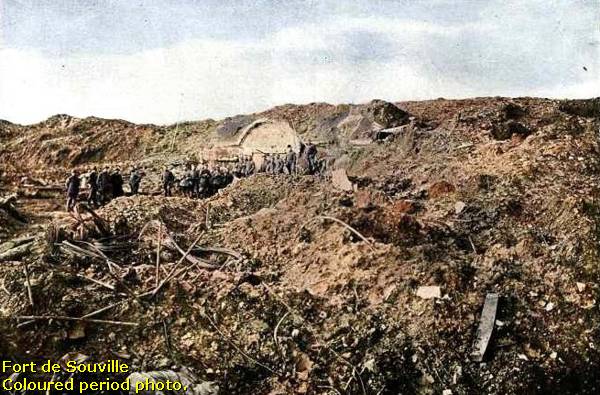
Before 23 June 1916 German bombardments with 380 mm and 420 mm shells devastated the gun turrets of the fortress. In the early morning of 23 June the 103rd Division crossed the junction of the wounded Lion and attacked the top construction of the fortress. 150 men of them reached the roof but were chased away by Chasseurs Alpins.


The second German and last attack at Fort de Souville was on 12 July 1916. The attack waves went on for 10 hours. The French deployed intense machine gunfire and artillery support to throw back German infantry attack. This time the French army resisted succesfully this German attack.
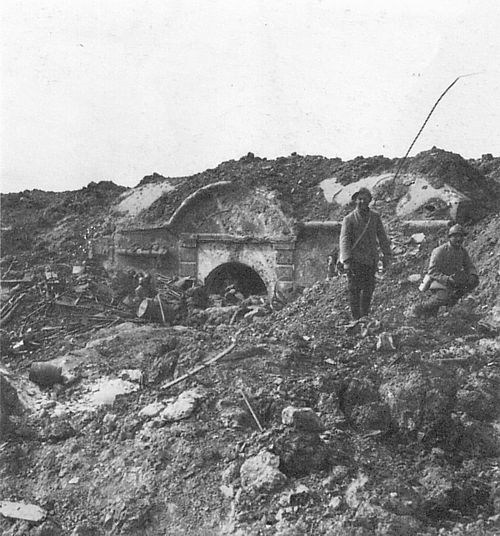
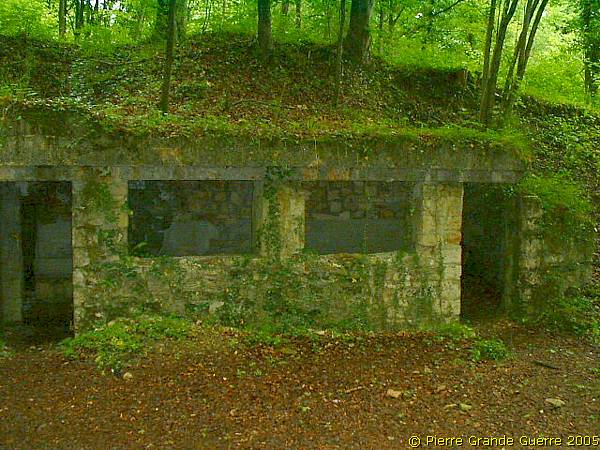
The interior.
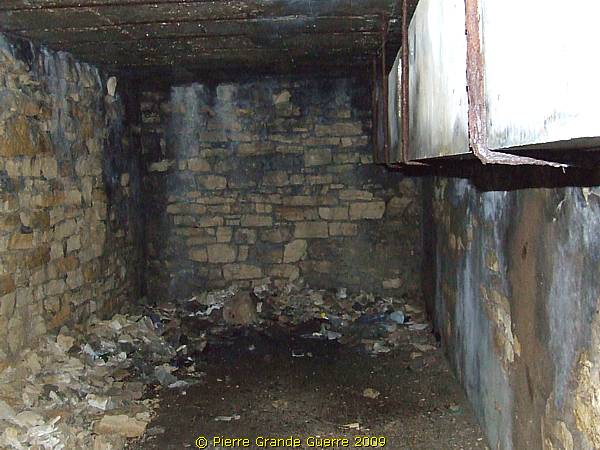
A 2005 picture of the entrance of Abri-Caverne de Souville.
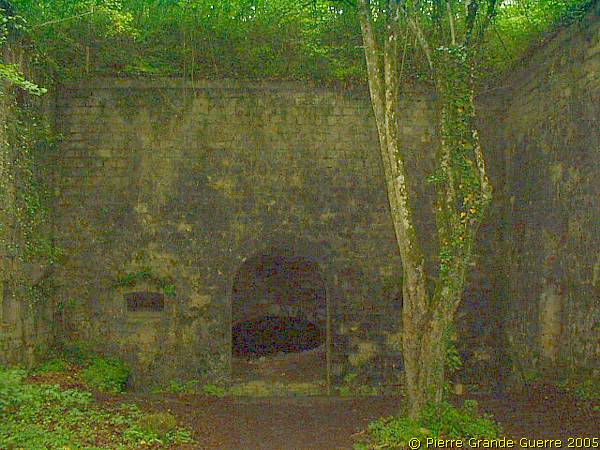
The right corner.
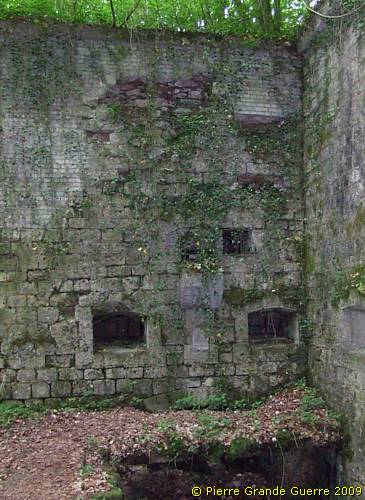
On the same spot in July 1916:

The wall on the right side.
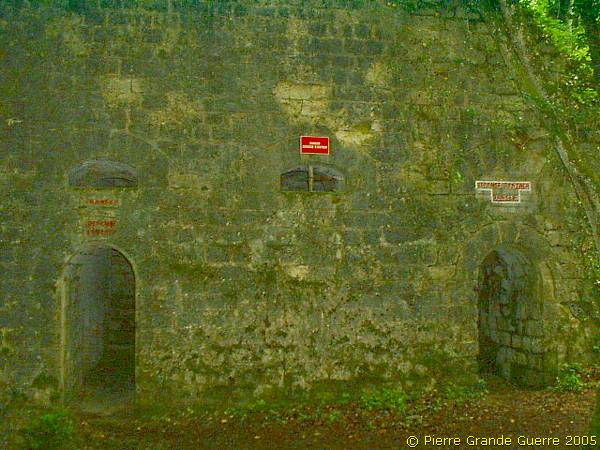
For safety reasons it is forbidden to enter the fort.
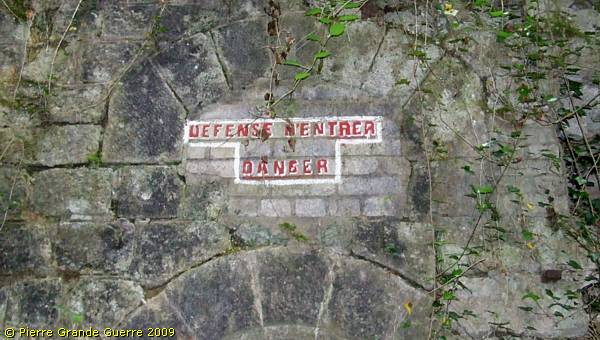
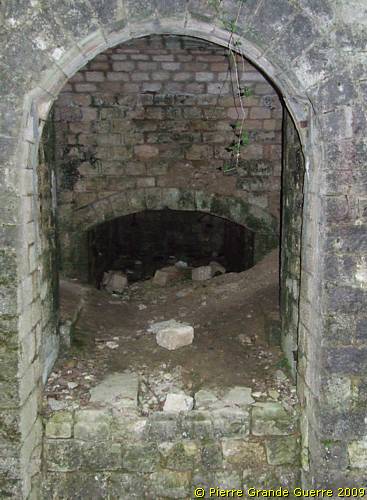
One could easily get lost in this labyrinth of several floors.
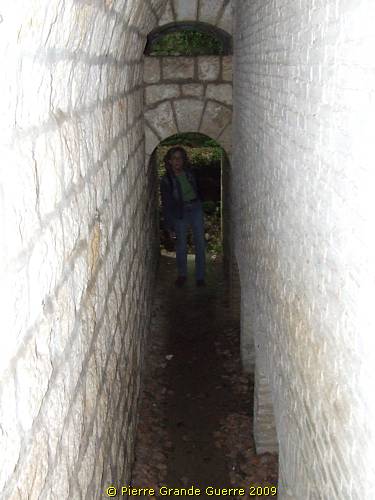
Some walls and ceilings look unstable.
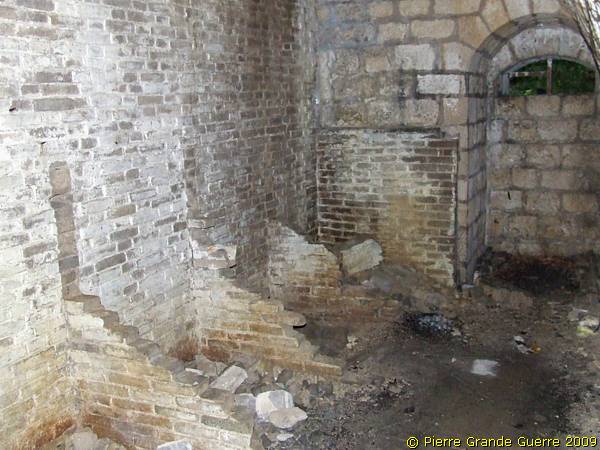
In the floors there are "unexpected", square manholes, ...
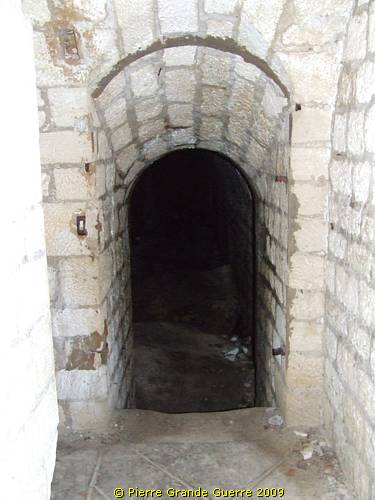
... shafts leading to underground tunnels, sometimes more than 20 m. deep! There are about 50 of these deep shafts!
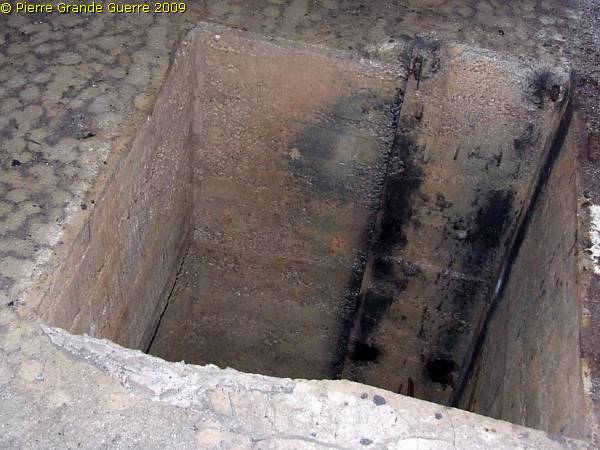
Warning

On 12 July 2009, a 25 year old Swiss tourist was not cautious enough, and fell down one of these shafts of Fort de Souville near a Pamart bunker for about 20 m.! It took a special rescue team almost 3 hours to rescue this tourist! (Source: L'Est Républicain, 12-07-2009.)
So, it is
quite dangerous to enter the fort!
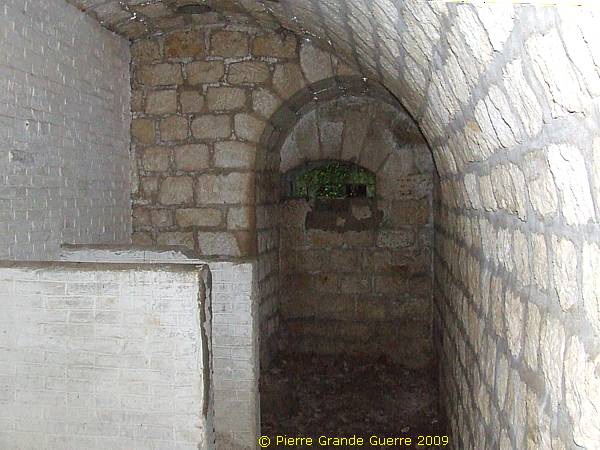
Before I got lost myself, I decide to return to an exit.
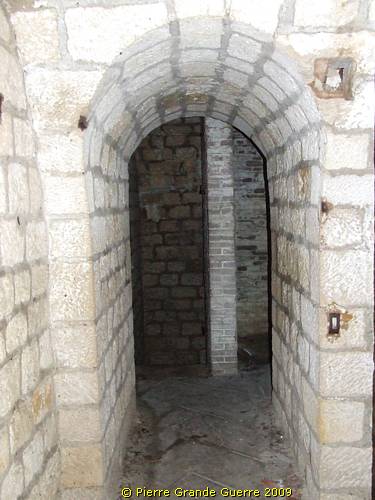
We leave Fort de Souville, ...

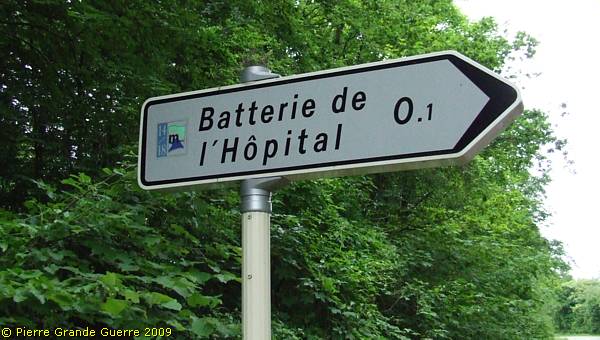
... the Batterie de l'Hôpital
.
We pass some remains of trenches, and ...
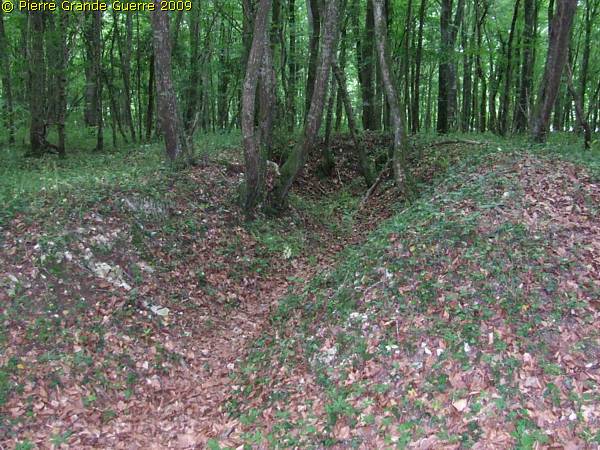
... masonry bunkers.
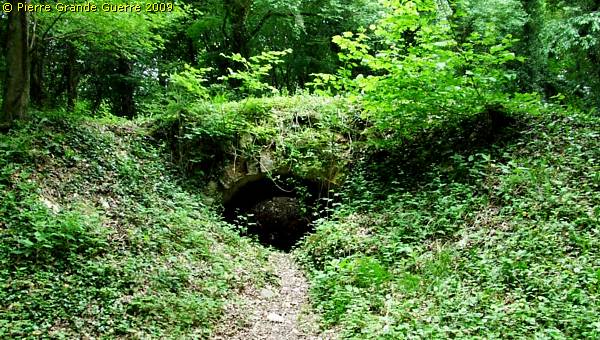
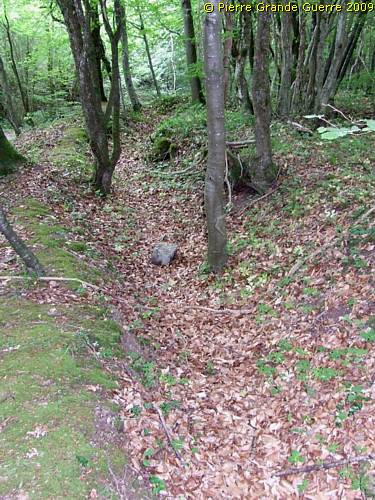
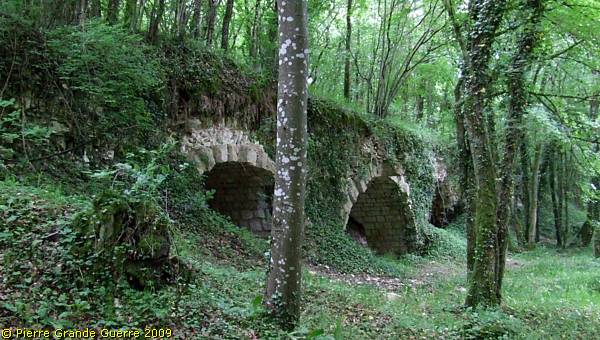
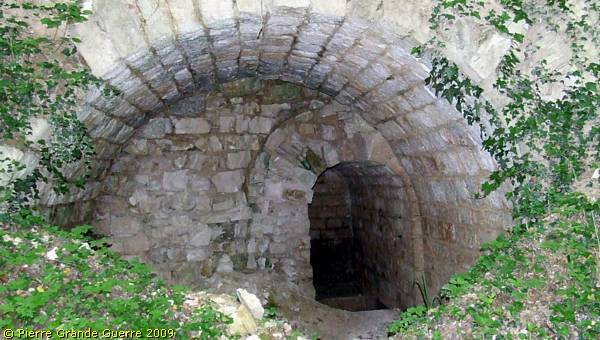
In the arched masonry bunkers lie piles of debris.
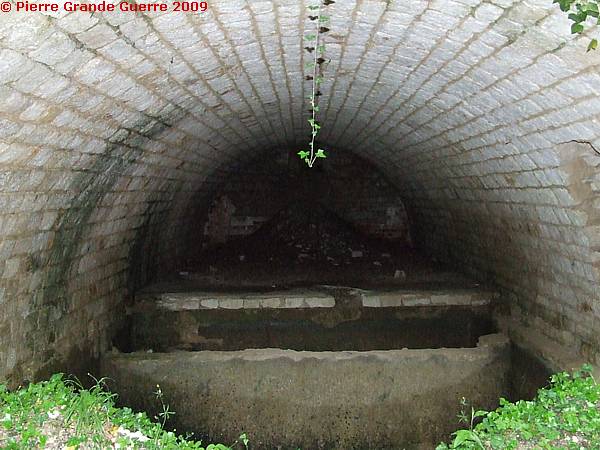
Sometimes with a hole in the roof, caused by a shell impact, ...

... leaving a pile of rubble.
